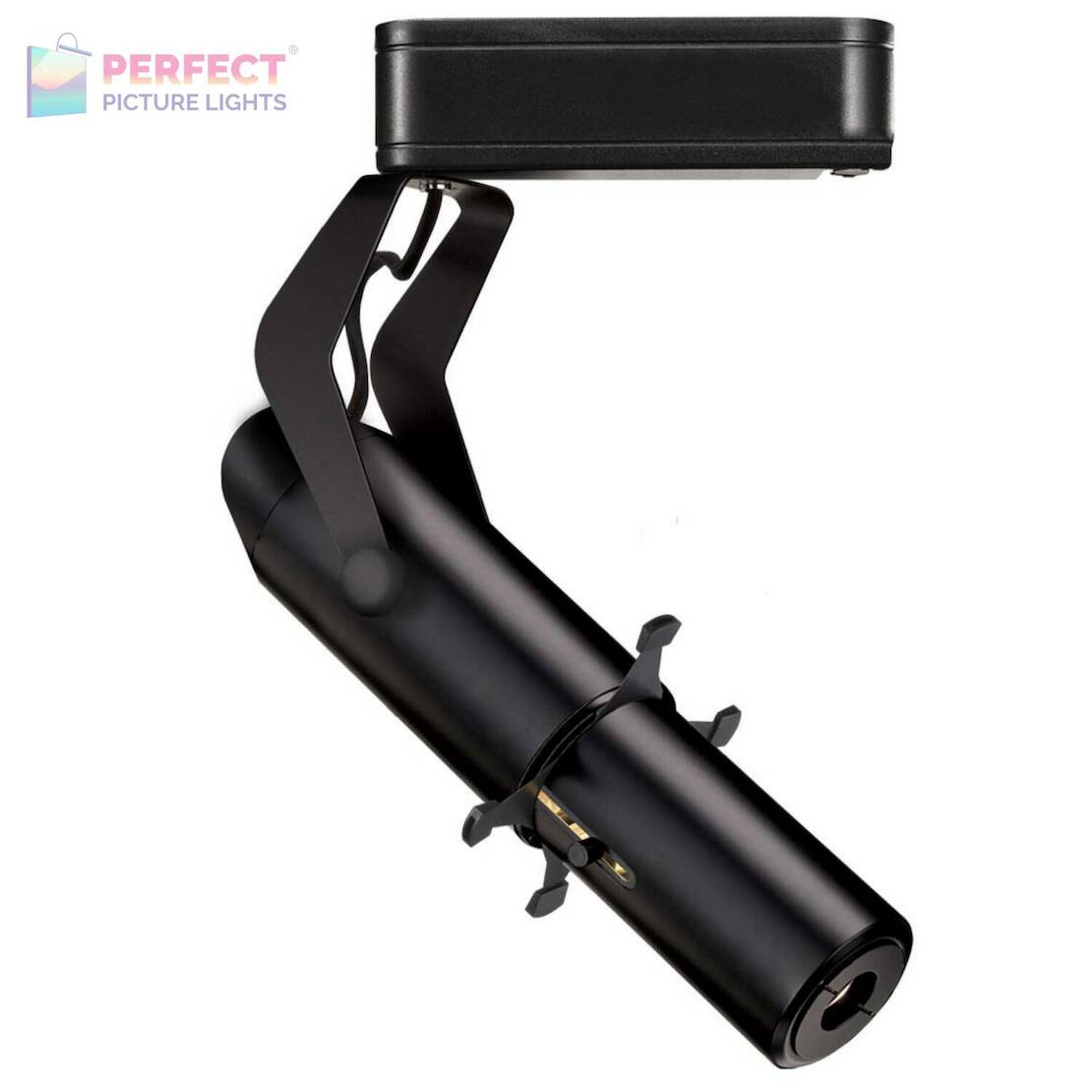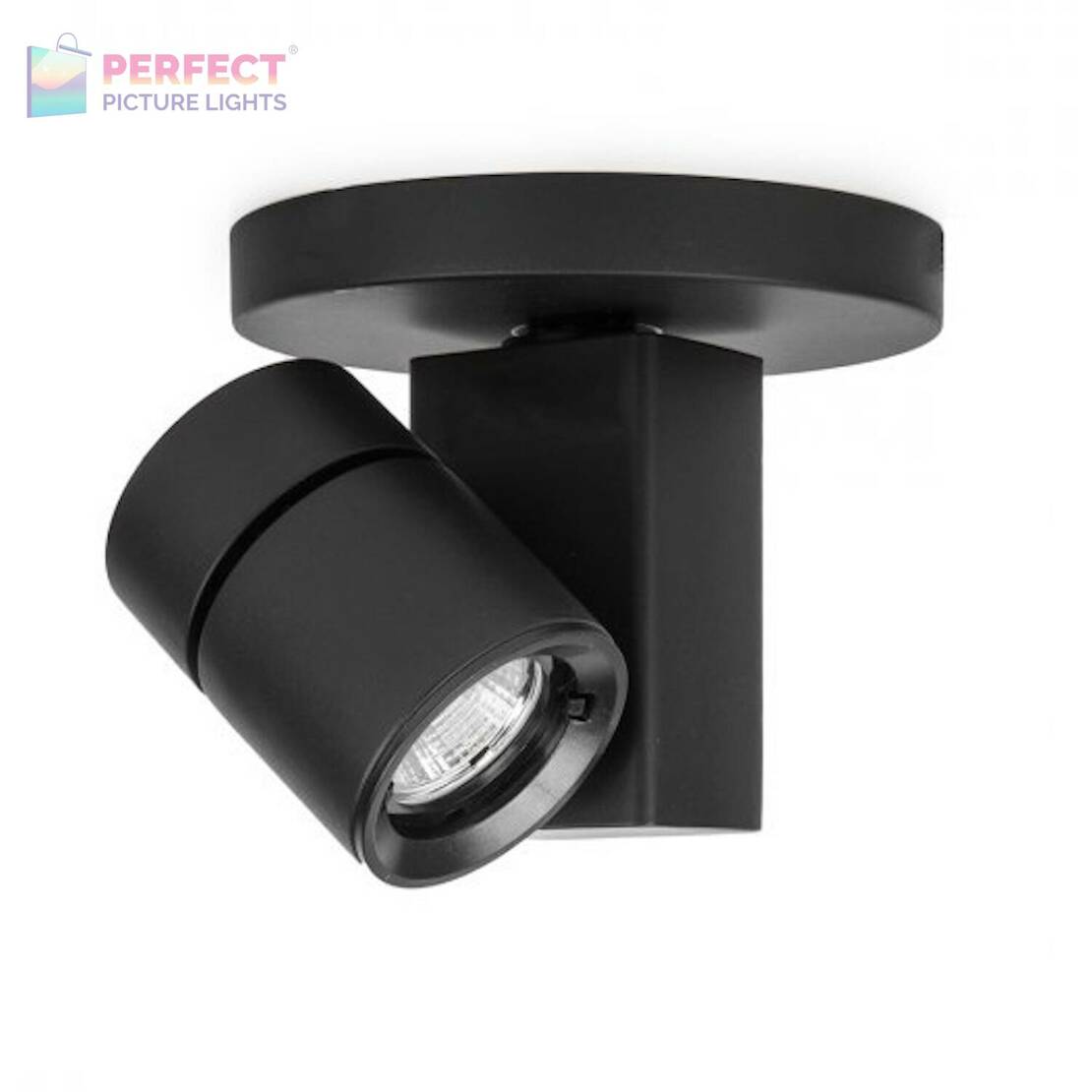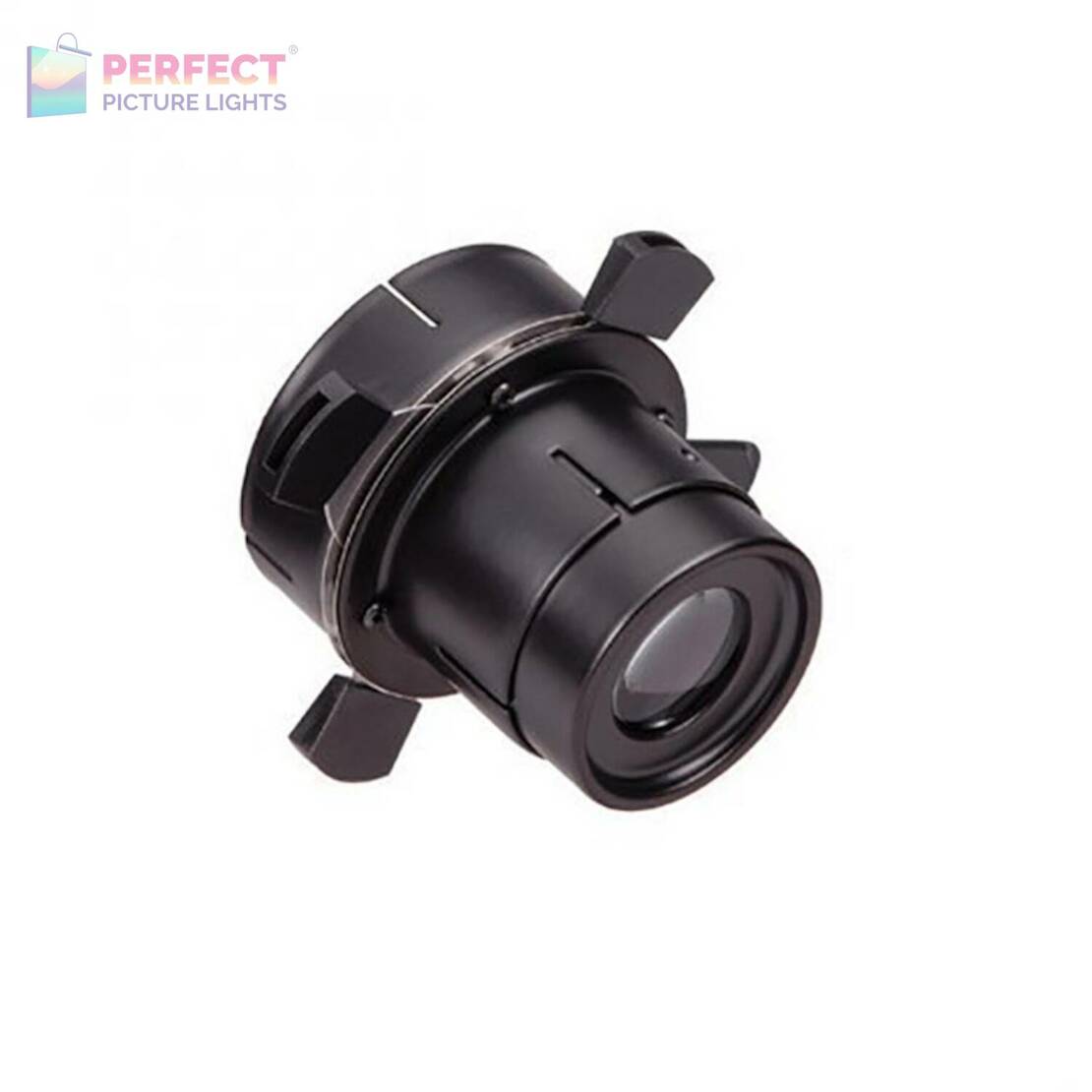- Home
- / Blog
- / Interior Design
Art Light Bulbs For Illuminating Your Art
09/29/2022
Art is a crowning element in interior design, bringing color and personality into a room. It is not only an amazing way to express your creativity in your spaces, but it also complements your décor, thus elevating your interior design. However, art needs to be accentuated with proper lighting to draw the attention it deserves and to bring out its features. Since lighting can affect the perception of color and durability of artworks, the selection of the right art light bulb type truly matters when it comes to illuminating your artworks.

6 Main Features to Consider When Selecting Your Art Light Bulb Type
Art lighting fixtures come in a vast range of designs and types. Finding the right bulb type for lighting your artwork can feel overwhelming if you do not know what to look out for. The following are the six main features to consider when looking to illuminate your art piece.
1. Lumens
Your light bulb should have a light output that is at least three times brighter than the ambient lighting to allow your artwork to fully stand out. Since ambient light levels change during the day and at night, consider going for a light bulb with a high lumen output fitted with a dimmer that allows you to adjust the lighting levels appropriately as required.

2. Color temperature

The color temperature of most bulb types ranges from warm 2700K to neutral 4000k daylight bulbs, to cool 6500K. The color temperature helps you create the right mood for your art piece and influences how people experience your artwork. Warm light is cozy and relaxing, bringing out the warmer colors in an artwork, whereas cool lighting is invigorating and brings out the cooler colors in your paintings. You can experiment with different color temperatures for your light appearance. However, a Kelvin range of 3600k to 3800K is a good balance for viewing most artworks, achieving a realistic result.
3. Beam Angle
The beam angle determines the spread of light generated by your light source. A larger artwork would generally require a larger beam angle than a smaller artwork, so as to spread the light over a larger area. Light fixtures with a beam angle of up to 45 degrees are considered spotlights since they generate a narrow, focused beam of light. On the other hand, light fixtures with a wider beam angle of up to 120 degrees are considered flood lights.

WAC LEDme 22W LED Framing Projector Track Head – Black, WAC, via Perfect Picture Lights.
It is important to select a light fixture with the right beam angle so as to focus the beam within the frame of your artwork without light spilling over onto the walls. This will create a self-illuminating effect on the artwork, making it stand out conspicuously from the wall.
4. Color Rendering Index (CRI)

Color Rendering Index refers to the level of accuracy to which a light source depicts the true colors of an artwork, as compared to natural light. It is measured on a scale of 0 to 100, with daylight having a perfect CRI of 100. For artwork, a light source with a high CRI value of 90 will bring out the details and colors in your paintings, making them appear more vibrant.
5. Efficiency
Since your art lighting fixture will be on for most of the day and night, the energy efficiency of your art light bulb type is a feature you cannot ignore. An energy-saving bulb with a high lumen output against a low energy consumption will mean less cost on your electricity bills. For accent lighting and art lighting, opt for dimmable LED bulbs to fully maximize the energy-saving properties of your light bulb.
6. Conservation
UV light and heat can damage artworks over time, particularly those made of fabrics, and with a colored medium. Continuous exposure to UV light will cause fading of colors and damage to your art piece. Heat may also cause the paint on your artwork to crack. Therefore, select a light bulb that emits minimum or no heat or UV light to preserve your artwork. Similarly, keep your artwork away from direct sunlight.
Read Also: Principle of Lighting Design
Art Light Bulb Types
Having understood the main features to consider when lighting art, you can proceed to select the best bulb type for your art lighting applications. Light bulbs come in a variety of models, technologies, and designs, which can be categorized as follows.
· Light Emitting Diodes (LED)
The LED bulb has become the most preferred light source for art lighting and task lighting applications since its invention in 2008. This is because they are highly energy-efficient, have a longer rated life span, offer a wide range of color temperature options, and do not emit heat or UV light that could cause damage to your artworks.

Slim Line LED Bulb 2.5 Watts for SL, XL, DSL, DXL, DUW, via Perfect Picture Lights.
LED lighting can last up to 20 years and with a rated life of up to 100,000 hrs. LED lights also come in smart bulbs options that allow you to program, automate, schedule, and control your lighting remotely.
· Incandescent Bulbs
While incandescent bulbs, also known as the Edison bulb, are highly affordable and generally offer a high CRI value of over 95 in a variety of color temperatures, they are less energy efficient than the LED light bulb and generate heat that may cause damage to artworks. Therefore, when installing art lighting fixtures that are compatible with an incandescent bulb, keep the fixture a safe distance away from your artwork.

· Halogen Bulbs
The Halogen bulb is another common option in art lighting applications. They emit a bright cool light but equally generate high levels of heat. Halogen bulbs should be used with UV filters and kept a distance away from the artwork.
· Compact Fluorescent Lights
Fluorescent Bulbs and CFL light bulbs are more energy-efficient than the incandescent light bulb but come with a high level of UV emission and low CRI that may not be the fit for your art lighting needs. Fluorescent lamp types also contain mercury deposits which may pose a health risk.
Read Also: Art Lighting Techniques
Getting Started with Perfect Picture Light Fixtures
Having settled on your preferred art light bulb type, you can select a compatible art lighting fixture to accommodate it. Perfect Picture Lights offers a wide range of quality art light fixtures in multiple finishes of black, brass, bronze, nickel, chrome, gold, white, and mixed metals, to complement your interior décor.
You can select from any of the following fixture types:
· Picture Lights
Picture lights come in frame-mounted and wall-mounted options as well as plug-in, battery, and direct-wire powered models.

Direct Wire Contemporary 24" Satin Brass Picture Light, via Perfect Picture Lights.
· Track Lights and Mono points
Perfect Picture Lights offers track lights in J, H, and L track lighting systems. The track heads and mono points come in spotlighting, wall washers, and framing projector options as per your needs. Furthermore, some models offer beam adjustment capabilities that allow you to precisely frame your artwork with the light.

Read Also: Track Lighting Guide
· Recessed Lighting
Another commonly used fixture light in the interior design are recessed lights. However, they offer little flexibility and beam adjustment when it comes to art lighting and are mostly used to wash over the entire wall with light.

You can also invest in accessories to customize your art lighting and wall lights, such as flat lenses, UV filters, focusing projector, and glare control accessories. While art lighting is essential in highlighting and elevating your art piece, it is important to follow the above tips and tricks to ensure that it not only stands out, but is also safely illuminated for its conservation.
_____________________________________________________________________________________________________________________________________________________________
 Winny Okoth is a practicing Construction Project Manager and Interior Designer. She is currently pursuing her Master’s Degree in Construction Project Management. Winny Okoth has a great passion for every form of design as well as 3D visualization skills for architectural and interior design.
Winny Okoth is a practicing Construction Project Manager and Interior Designer. She is currently pursuing her Master’s Degree in Construction Project Management. Winny Okoth has a great passion for every form of design as well as 3D visualization skills for architectural and interior design.


